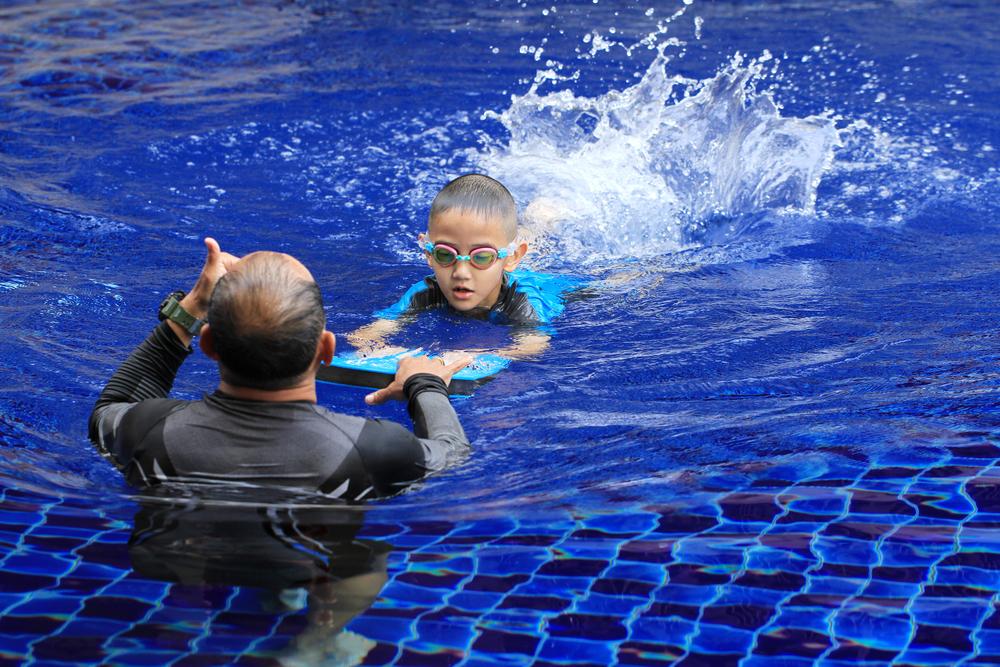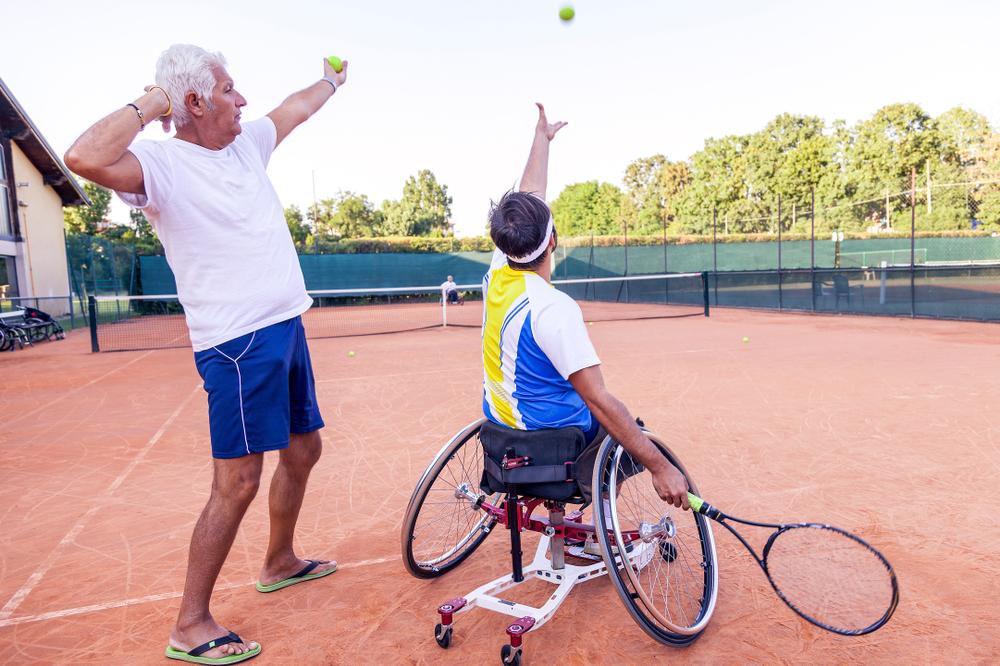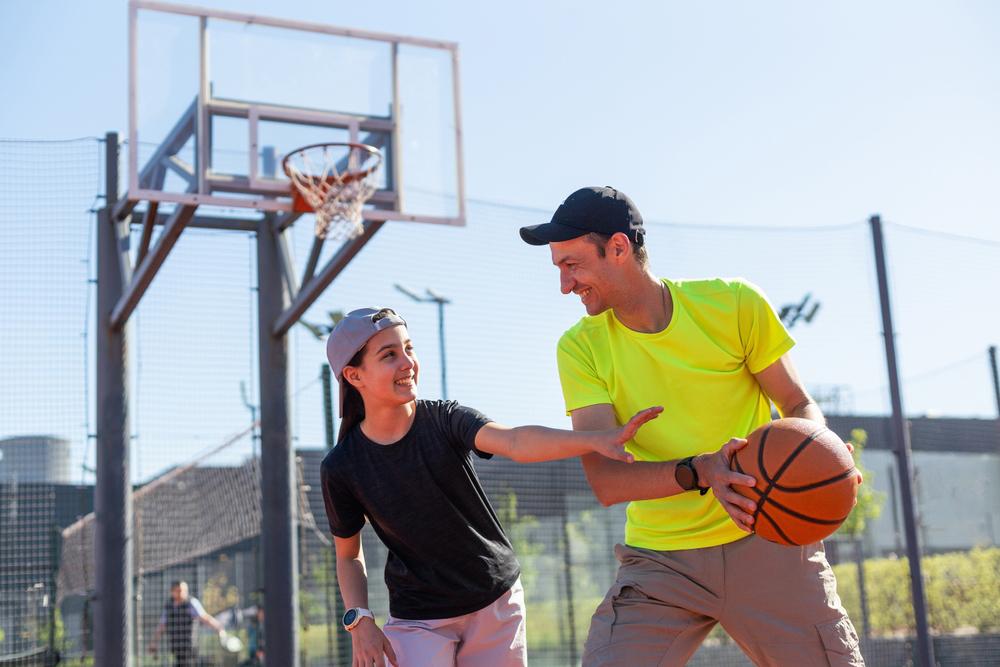 As coaches and parents interact with athletes, the way they provide feedback and instruction can influence how athletes approach any new challenge. Coaching through positive self-talk is an opportunity to teach kids to approach new situations with optimism and confidence.
As coaches and parents interact with athletes, the way they provide feedback and instruction can influence how athletes approach any new challenge. Coaching through positive self-talk is an opportunity to teach kids to approach new situations with optimism and confidence.
According to sport psychologist Dr. Roberta Kraus, Ph.D., there is a four-step process for learning new skills: think, feel, perform, and create habits. Here are five ways Dr. Kraus says parents and coaches can help athletes learn new skills and perform at their best through positive self-talk.
Don’t skip over their feelings
Some coaches and parents aren’t aware of the “feel” step, even though it may be the most important one.
When teaching athletes a new skill, whether it’s how to hit a curveball or how to cope with losing a game, feelings create the emotional connection for why we want to perform the skill the right way. As parents and coaches, the goal is to create an environment where athletes want to perform the right way because it feels good and elicits positive feedback, not because they fear negative feedback.
Create positive thoughts
When talking to an athlete before they go to the starting block or onto the field, the last thing you say becomes their dominant thought. It creates a mental image that often directly influences their next action.
If your last instruction is “Don’t DQ!” then their dominant thought is to avoid a negative. To convey the same idea and create a picture of how to be successful, you can say, “Wait for the gun!”
Start with constructive critiques
Whether it’s on the sidelines during halftime or on the ride home after practice, coaches and parents often think it’s best to start critiques with what athletes did well, and end with constructive criticism.
Dr. Kraus says that should be flipped the other way. You want the end of your post-activity feedback to give kids a picture of what they did right and how to be successful.
Instead of saying: “You showed great hustle out there, but you’re not looking for the open player to pass to.”
Say: “You have to work on looking for the open player to pass to, but I’m proud of the way you hustled out there.”
Apply a 4:1 ratio of positive to negative feedback
“Negative feedback carries more weight than positive. Kids are brought down more by criticism than they are uplifted by an equal amount of praise,” says Kraus.
For positive feedback to outweigh negative, aim to provide four positive comments for every negative one. Dr. Kraus emphasizes this is important over time, rather than for every interaction.
Over the course of a week or a month, you want the ratio to end up around 4:1. Trying to maintain a 4:1 ratio with every interaction leads to disingenuous praise, and positive feedback should be genuine to be effective.
Don’t shy away from negative feedback
“It is OK to reprimand a kid for negative behavior, but you have to come back and give them a picture of what to do right,” says Dr. Kraus. “You can’t just leave it up to them to figure out what you want.”
Similarly, she says, don’t assume that no feedback is positive feedback. When the athlete makes the positive change, acknowledge the change with positive feedback.
Takeaway
Positive self-talk is an important skill in sports, the classroom, and in relationships. Changing the way you provide instruction and feedback influences how children learn to approach new situations and what they tell themselves about their performance.



